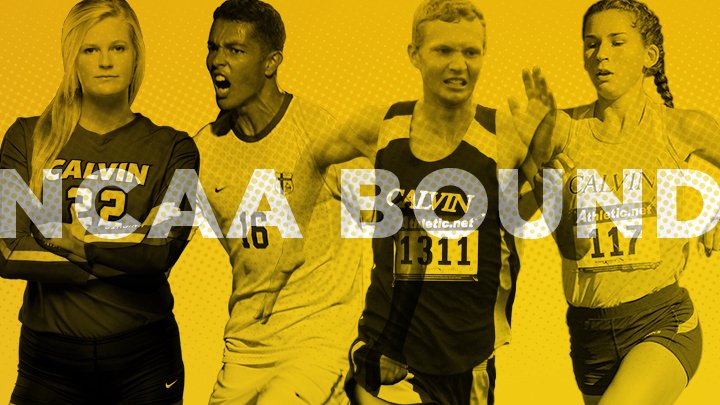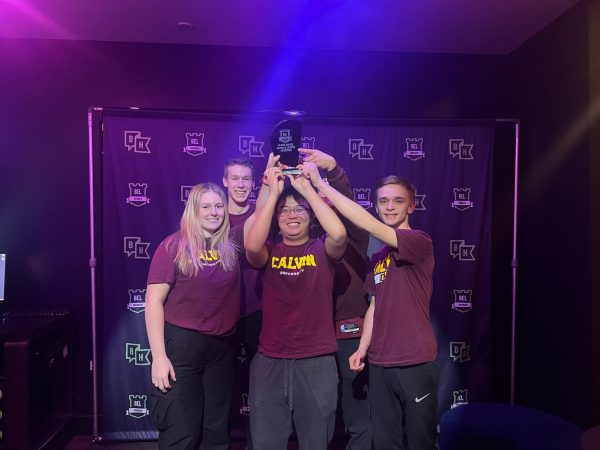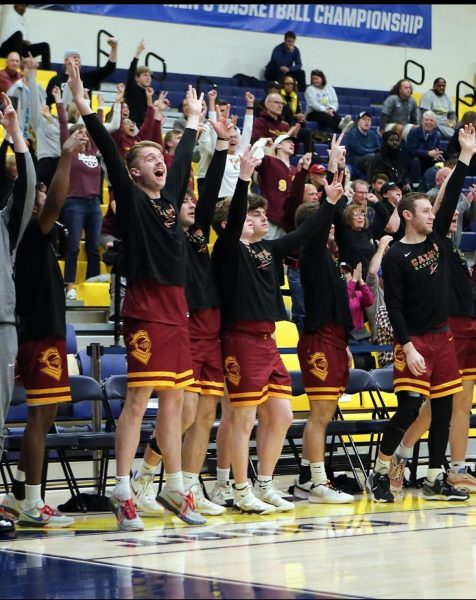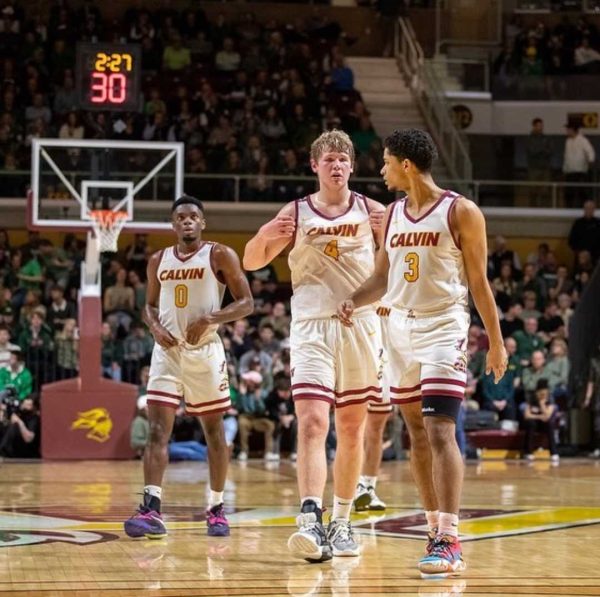How does DIII recruiting differ from other divisions? A coach answers
The recruiting process is something that draws a lot of attention in high-level collegiate athletics. Millions of people watch the most talented athletes go to powerhouse schools, earning huge scholarships and paving the way for illustrious professional careers. Yet in this frenzy, the world of Division III sports is forgotten.
How does recruitment work when a coach can’t offer an athlete a full-ride scholarship? According to newly acquired Men’s Basketball Coach Bill Sall, the differences are staggering.
As a former coach at Ferris State, and later Northern Michigan University, Sall has had experience recruiting at the Division II level.
Of the differences in recruiting strategy and style, two things seemed the most influential. First, the pool is much larger in DIII. Sall stated, “For a higher-level school, there is a pool of around 20 that are recruited, and if only five of them can get a full-ride, a coach can’t take any risks or think too far outside the box.” This puts pressure on higher level coaches. However, the fact that there are no scholarships available in DIII means that not only can a coach recruit as many athletes as they may desire, but they also have much more leeway when it comes to recruitment.
According to Sall, there are often polarizing players who have a high upside, yet no guarantees for positive results. As a DII coach, it may not be worth using one of few scholarships on a player who may turn out to be a bust. There is no such concern with DIII, which provides coaches with much more freedom while recruiting.
Another difference is the strategy for selling their program. Most DII schools will merely reflect on their success on the court to attract their recruits. On the other hand, no DIII athlete is focused on athletics alone, and the coach then has the responsibility of selling the school from an academic standpoint as well. Among all the differences, there was one shocking and glaring similarity. The skill level, according to Sall, is not all that different. Rather, one really starts to see the differences when it comes to size and athleticism.
Division III sports are often looked down upon by those affiliated with higher collegiate levels. However, this observation from Sall, a coach with varied experiences, goes to show that there are certainly merits to DIII athletics.
Recruiting is an important part of collegiate athletics regardless of division, and with those differences comes varying levels of freedom and responsibility. Exploring those differences can give people a higher understanding and respect for coaches, athletes and all involved in the world of college sports.









